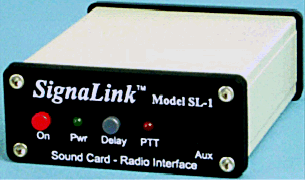

Reviewed by Steve Ford, WB8IMY - Editor (QST - October 2001)
(NOTE: This review can also be viewed in PDF format by
clicking here)
 |
Manufacturer:
Tigertronics, 400 Daily Lane, Grants Pass, OR 97527; tel 800-822-9722; www.tigertronics.com $49.95. |